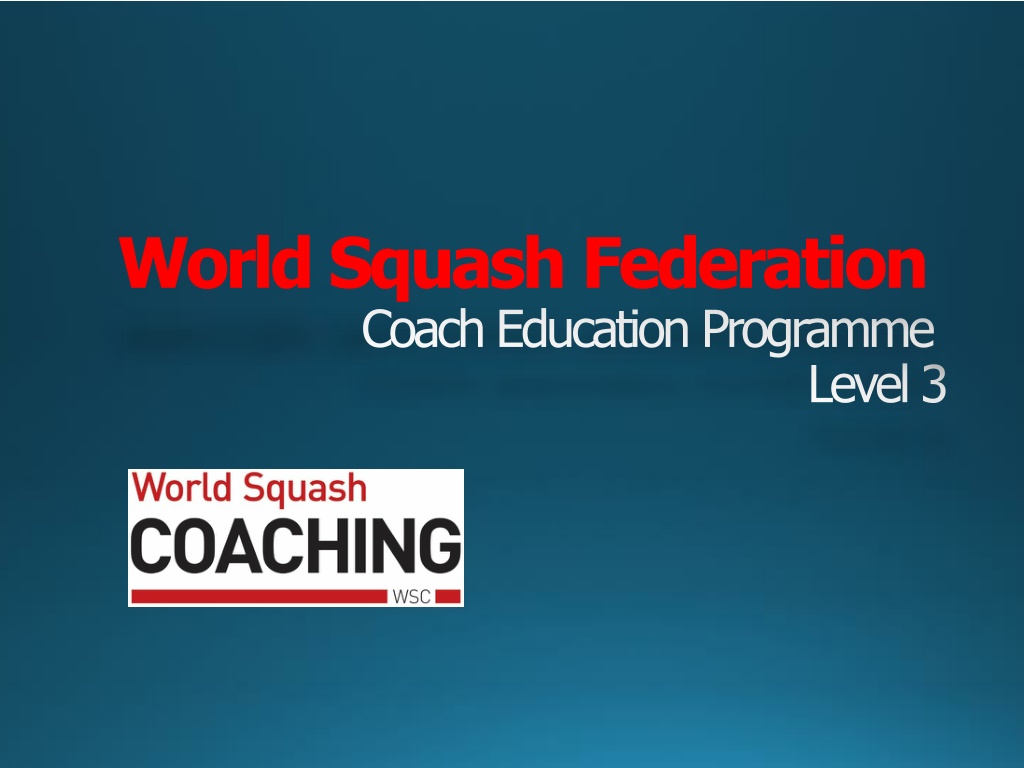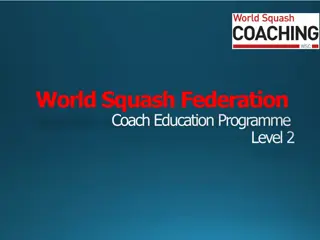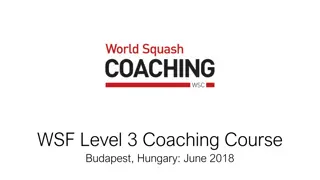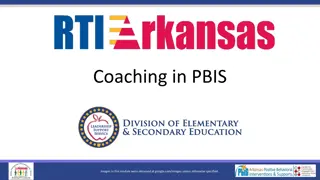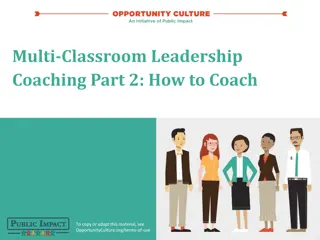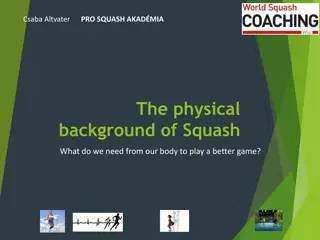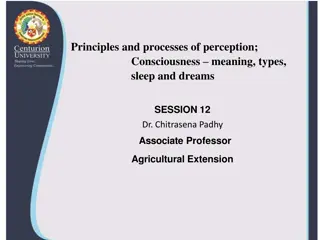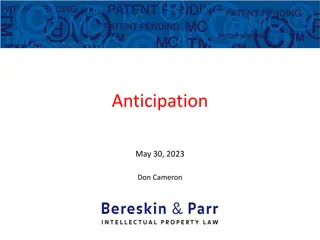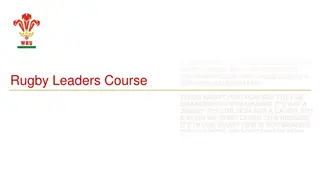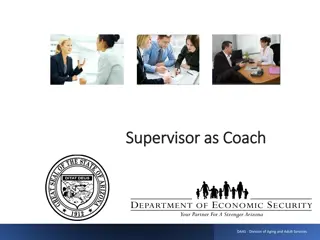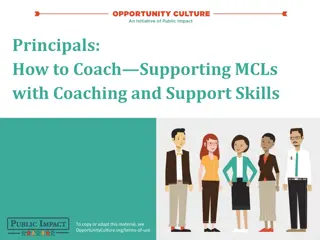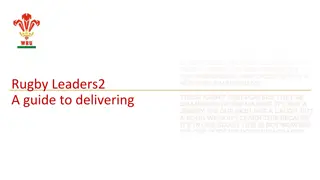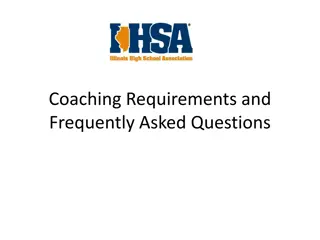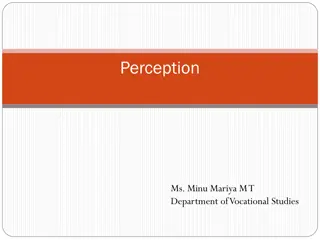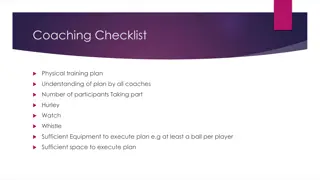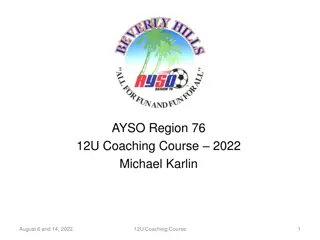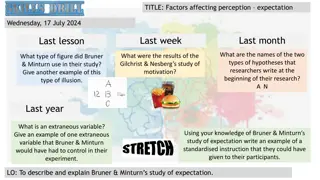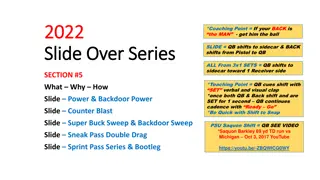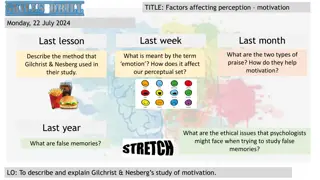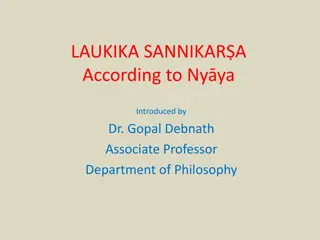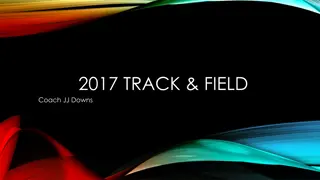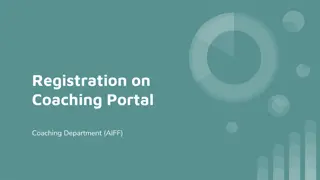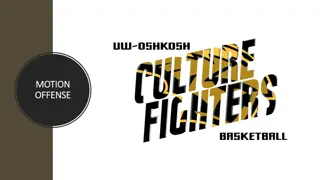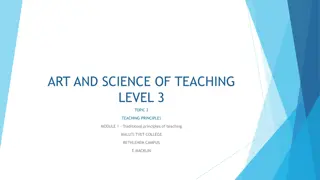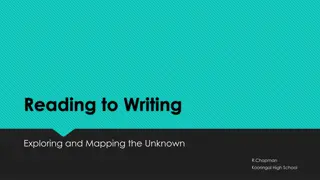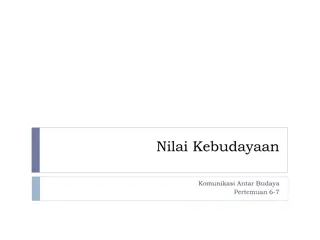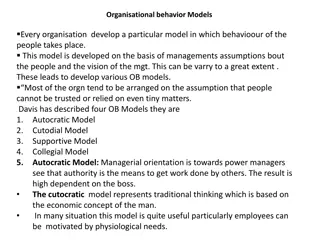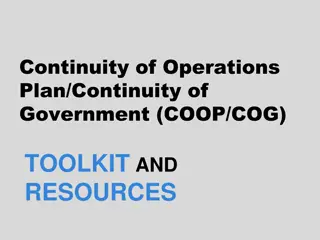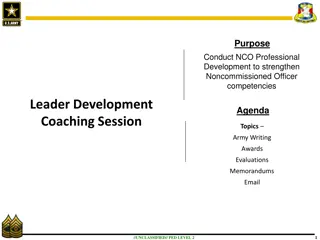Advanced Coaching Principles in Squash: Enhancing Anticipation and Perception
Delve into the advanced coaching principles of squash with a focus on enhancing player anticipation and perception skills. Learn about the key concepts such as Hick-Hyman Law, different themes of anticipation, and the importance of subconscious learning. Explore how to coach based on intention rather than just actions, ultimately improving decision-making in the game.
Download Presentation

Please find below an Image/Link to download the presentation.
The content on the website is provided AS IS for your information and personal use only. It may not be sold, licensed, or shared on other websites without obtaining consent from the author. Download presentation by click this link. If you encounter any issues during the download, it is possible that the publisher has removed the file from their server.
E N D
Presentation Transcript
World Squash Federation Coach Education Programme Level 3
Learning is Messy If a cluttered desk is a sign of a cluttered mind, of what, is an empty desk a sign?
The Guiding Principles 1. Game Based 2. Coach the Intention NOT the Action 3. Sub-Conscious Learning NOT Conscious Learning 4. Sally Sunflower Who understands different STYLES and individual differences
Understand the key principles behind a perception & decision-making based approach to squash coaching
Define: Anticipation Perception Action
Anticipation It is the ability of a player to predict upcoming situations when only partial information is available (the opponent s actions are just starting) and response time is short.
There are three themes of anticipation WHEREa player thinks an action will occur WHENthe action will occur, and WHAT action will occur?
The Hick-Hyman Law Translation of Hick s Law into squash specific example e.g. Player A plays a very tight shot to length with the ball rolling along the wall. This suggests that the options available to player B are severely limited Player A anticipates that player B is very likely to play the ball straight which equals one option Hence player A has more time to anticipate and perceive the opponents actions and decide his next shot. Should player A play a very loose ball then player B has unlimited options Hence player A has a lot more information to process the actions of player B. Hence player A has a much longer reaction time This highlighting the difference between Anticipation -What is likely to happen & Perception being proof of what has happened? Playing a game or rally involves all of the actions taken over the whole period of the activity of the game or rally e.g. WWWH = PDA and is described as an open skill and that every player will develop their own style which is dictated by their nature, coordination and length of levers etc.
Perception & Decision-Making Looking vs Seeing Perception is a dynamic searching for the best interpretation of the game situation in front of the player. Perception either confirms or not what the players has anticipated. Perception involves going beyond the immediately given information from the senses and interpreting what is happening in the situation.
Questions What do World Class players see that others do not? Why are they important to the player? How do players deal with the problem of too many potential shots from opponents? When would be the best opportunity for these skills to be taught? How do you help develop these skills
Perception & Decision-making Cue utilisation of early tells from the opponent. Players need to know where to look during the early phases of opponent body language / stroke production. Tool -Show & Test Depth and Width information may come from different sources. The areas around the hips, trunk (Body language), and racket preparation typically provide useful information related to shot depth. The arm, racket, and early ball flight provide later cues for shot width-flight path speed etc. (Diagnostic clock = PDA)
Great but how do we do it? Decision-making rules are dependent on Game situation and Emotional state. This is why anticipation perception -decision training MUST take place in game-based practice (GP1) Coaches need to GUIDEthe player to the most important areas for early perception (not tell) (GP2). Game-based training provides an ideal platform to enhance this perceptual advantage of Hicks Law (GP3).
Task Coaches to come up with some options and selection rules for a range of game based examples (e.g. set up a game situation or video clip and ask coaches to go through the PDA and identify possible options and why some are discounted). Tutor asks coaches to identify The WWWH= PDA Why, When, How might these rules change? (E.g. critical moments in a point/match).
